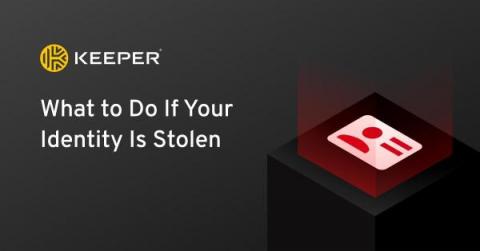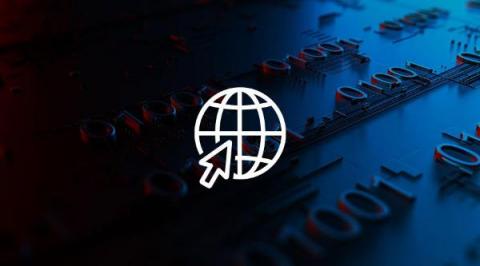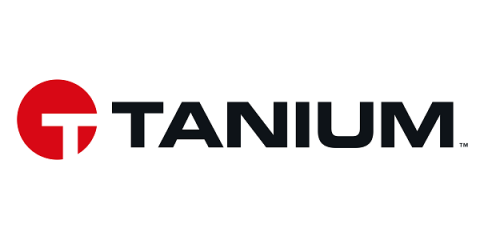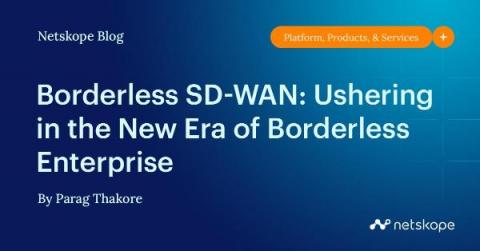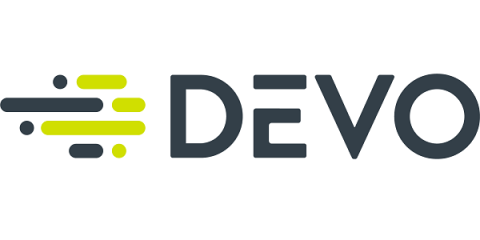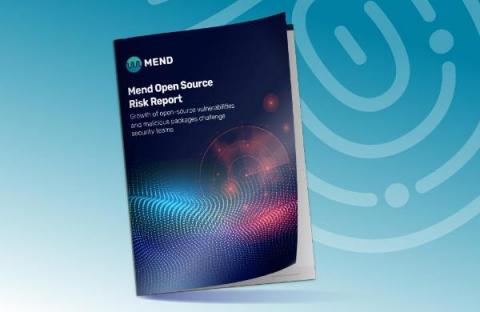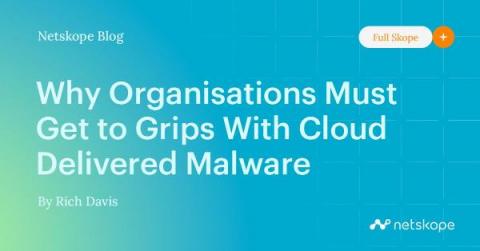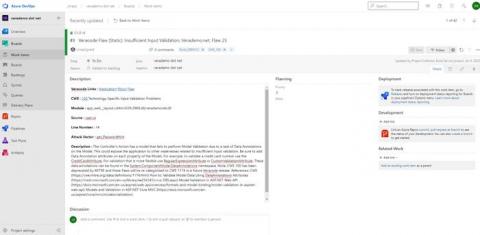What to Do If Your Identity Is Stolen
There are several steps you should take after discovering your identity has been stolen such as getting a copy of your credit reports, contacting your credit card issuers and banks, reporting the theft to the FTC and placing a security freeze on your credit. Read on to learn more about identity theft and what you can do to mitigate the risks of having your identity stolen in the future.


